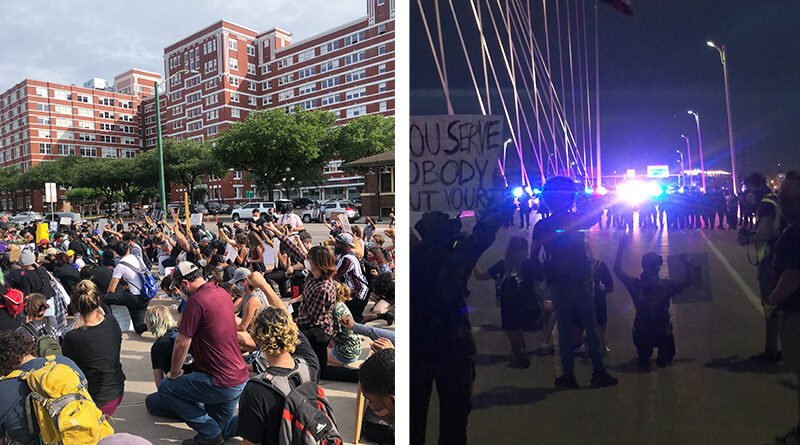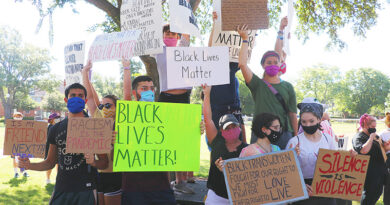Civil Rights Teacher Detained on Margaret Hunt Hill Bridge
An adjunct SMU faculty member might have avoided detention and a rubber bullet on the Margaret Hunt Hill Bridge if he could have left a demonstration against police brutality when he planned to do so.
Ray Jordan said he and his children decided to leave the protest outside the curfew zone at the Frank Crowley Courts Building before nightfall but found the public parking garage where they left his car blocked by police.
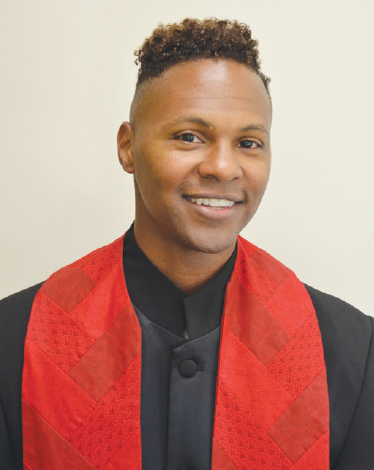
“We were told that we could not leave until the protest was finished,” he said.
So, Jordan said, they rejoined the march on Riverfront Boulevard and ended up among the 674 protesters the Dallas Police Department detained on the bridge the night of June 1.
Jordan, who first came to SMU in 2005 as a seminarian attending the Perkins School of Theology, has experience with peaceful demonstrations. As a student, he participated in the second-annual SMU Civil Rights Pilgrimage, an event he went on to lead for the last 13 years.
He didn’t anticipate trouble on the Margaret Hunt Hill Bridge.
“As the march entered the ramp, and the police did not stop us or request that we not go that direction, I assumed we were within our legal right to peacefully assemble and protest,” he said.
But protesters met officers in riot gear halfway across the bridge.
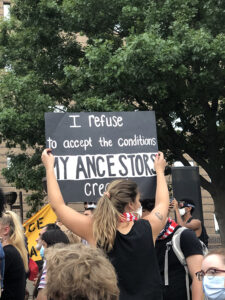
Protest sign
Jordan said officers released smoke bombs and struck him with a rubber bullet.
He also described the possible use of tear gas, as did Tim Cato in an account from the bridge published online by our sister publication D Magazine.
A Dallas Police spokesperson said officers used smoke to disperse the crowd, but Cato wrote that he believed it was tear gas.
Dallas police didn’t answer a question from People Newspapers about methods and materials used on the bridge.
Protesters, detained with plastic zip ties, remained on the bridge for about two hours. Once released, Jordan said, he and his children walked to a friend’s home and used a ride-sharing app to get back home.
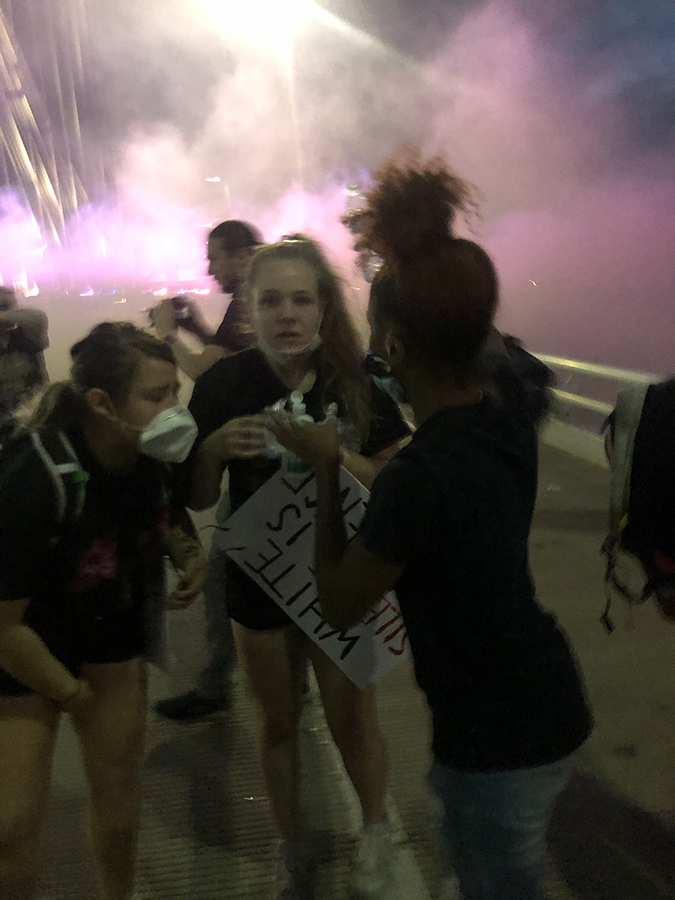
Three days later, Dallas Police Chief Reneé Hall announced that her department would not file at-large charges against the protesters detained on the bridge but defended the decision to intercept marchers with riot police.
“I strongly believe we made the right decisions to deter and disperse the large crowd on the bridge,” Hall said in a statement. “We had to protect the protesters from vehicular injury on a roadway still open to traffic. It was critically important to process protesters and then safely reopen the bridge.”
Jordan took issue with Hall’s approach. “Her remarks after the bridge assault were not factual in relation to my experience,” he said. “And she seemed to show very little remorse.”
For nearly 40 years, People Newspapers has worked tirelessly to tell the stories—good, bad, and sublime—of our neighbors in the Park Cities and Preston Hollow. To support our efforts, please contact [email protected] for advertising opportunities. Please also consider sharing this story with your friends and social media followers.

